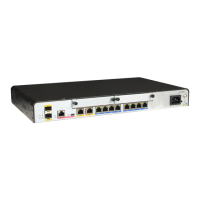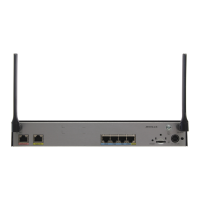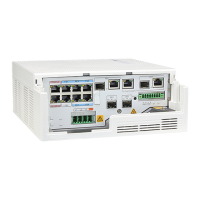No. Data
6 (Optional) Tunnel policy
3.3.2 Creating a VPN Instance
Configuring a VPN instance is the preliminary step for configuring other VPN attributes. After
a VPN instance is configured, a VPN routing and forwarding table is created.
Context
Perform the following steps on the PE that is connected to the CE.
Procedure
Step 1 Run:
system-view
The system view is displayed.
Step 2 Run:
ip vpn-instance vpn-instance-name
A VPN instance is created, and the VPN instance view is displayed.
NOTE
The VPN instance name is case sensitive. For example, vpn1 and VPN1 are considered different VPN
instances.
No default VPN instance exists on a PE, and multiple VPN instances can be created on the PE.
Step 3 (Optional) Run:
description description-information
The description of the VPN instance is configured.
The description of a VPN instance functions the same as the description of a host name or an
interface. It is recommended that the proper description be configured.
Step 4 (Optional) Run:
service-id service-id
A service ID is set for the VPN instance.
A service ID identifies a specific VPN instance and is unique on the same device.
----End
3.3.3 Configuring Attributes for the VPN Instance IPv4 Address
Family
To facilitate the management for routes of the VPN instance IPv4 address family, configure
other VPN attributes, such as the VPN target, route limit, and routing policy.
Huawei AR1200 Series Enterprise Routers
Configuration Guide - VPN 3 BGP MPLS IP VPN Configuration
Issue 01 (2012-04-20) Huawei Proprietary and Confidential
Copyright © Huawei Technologies Co., Ltd.
66

